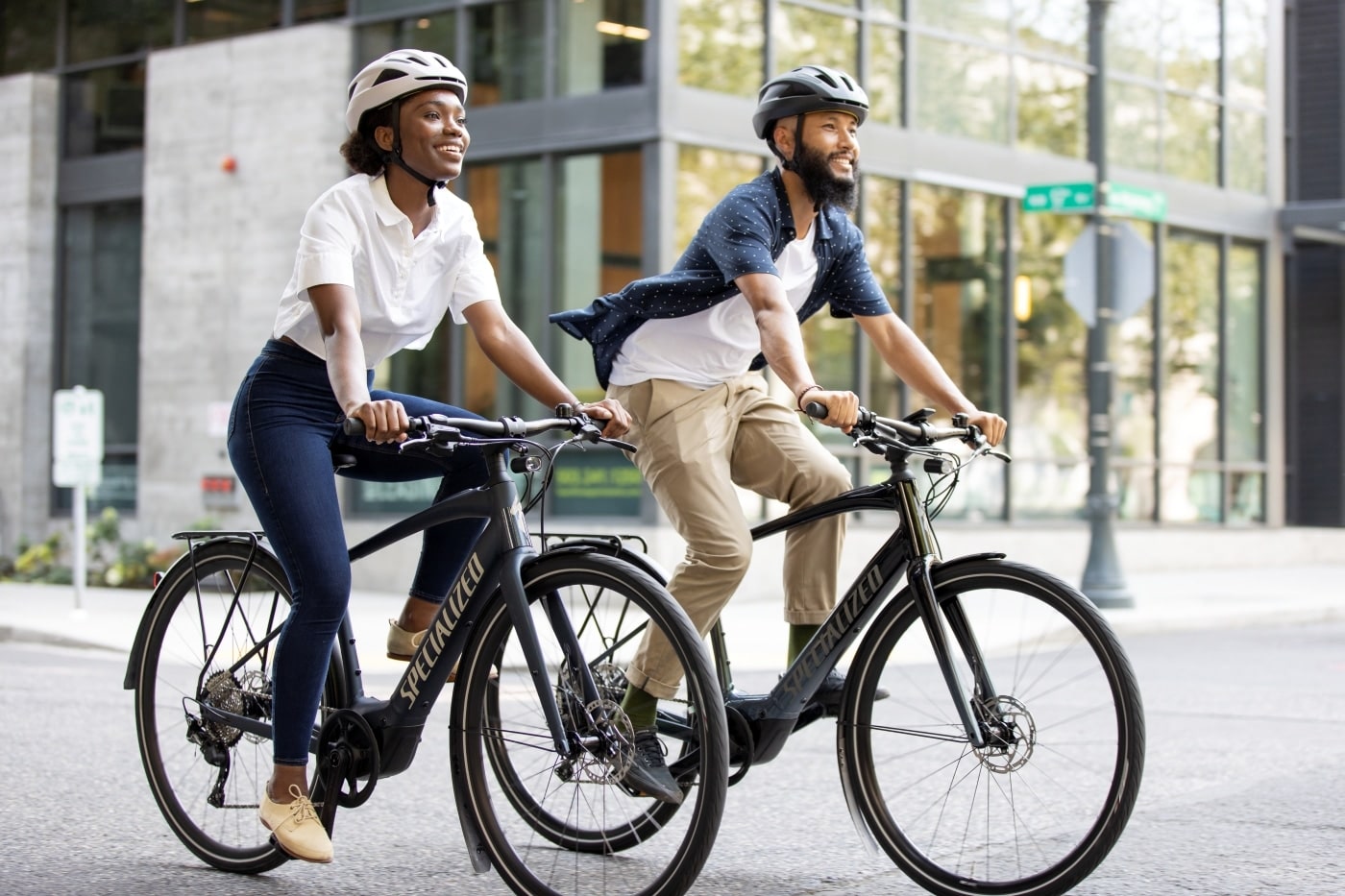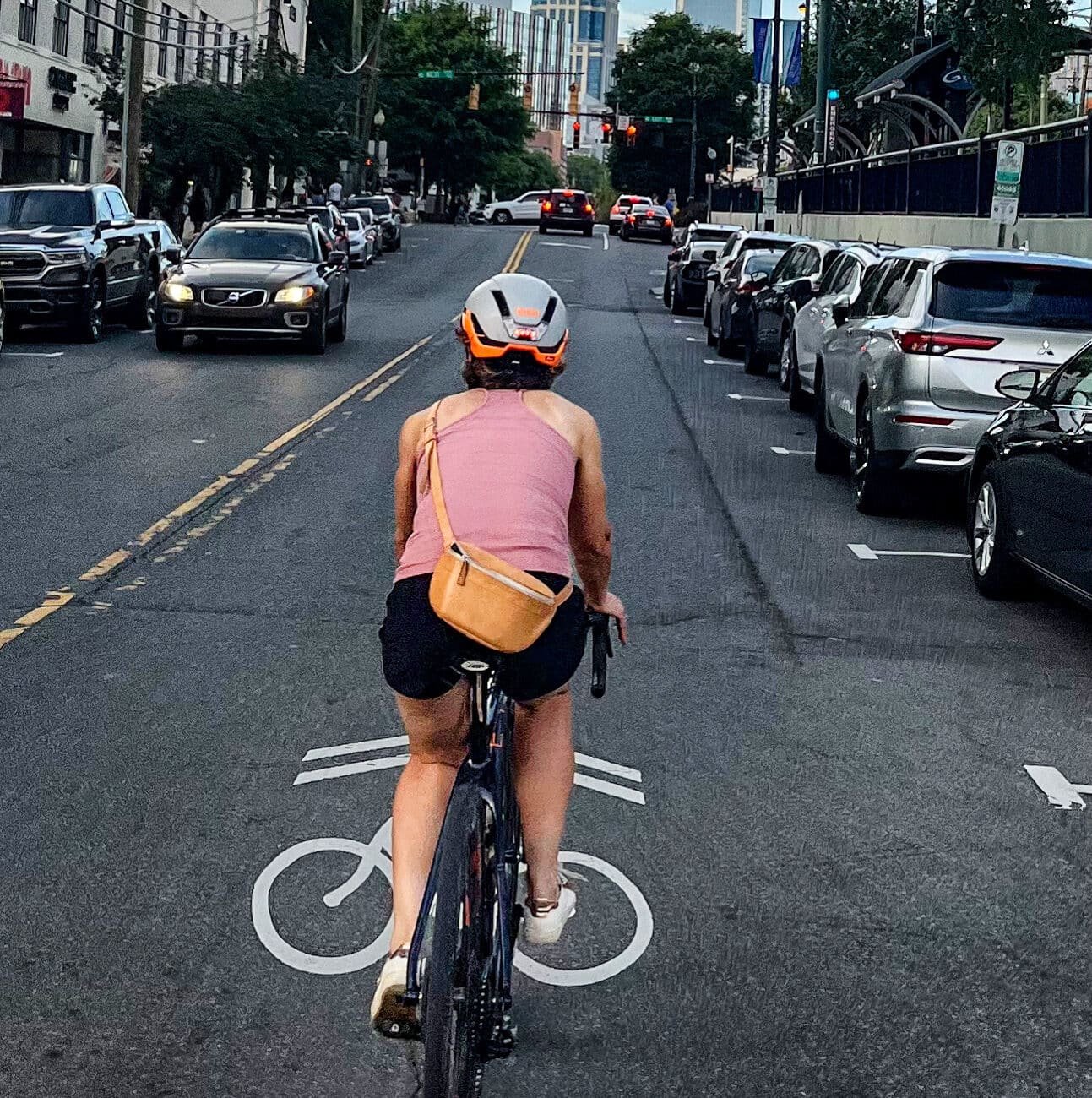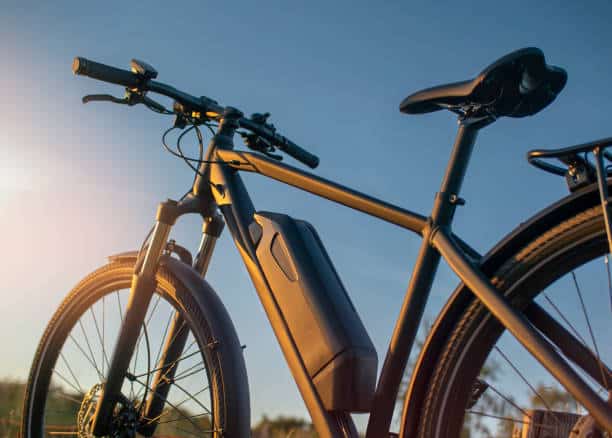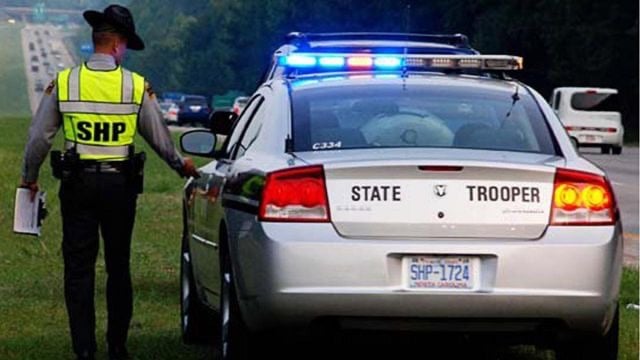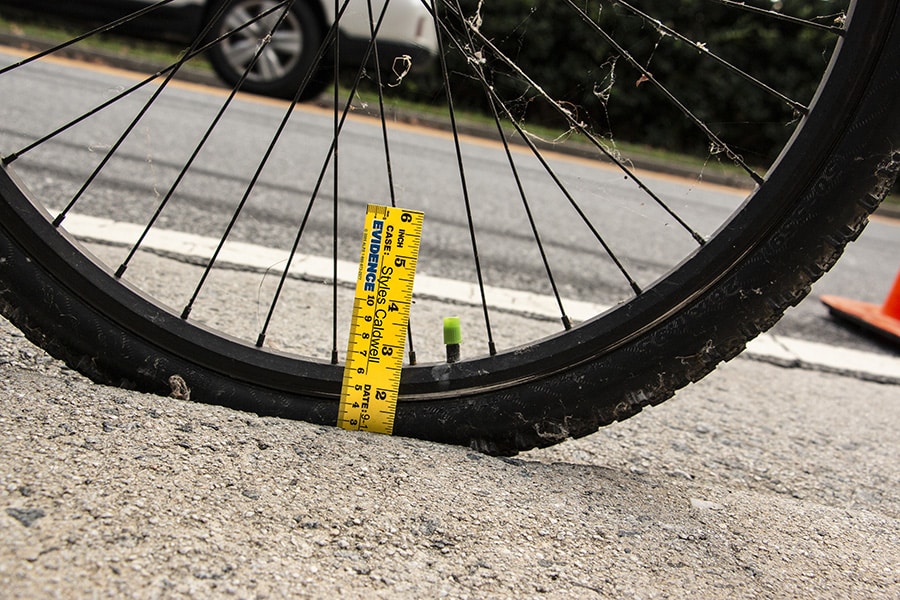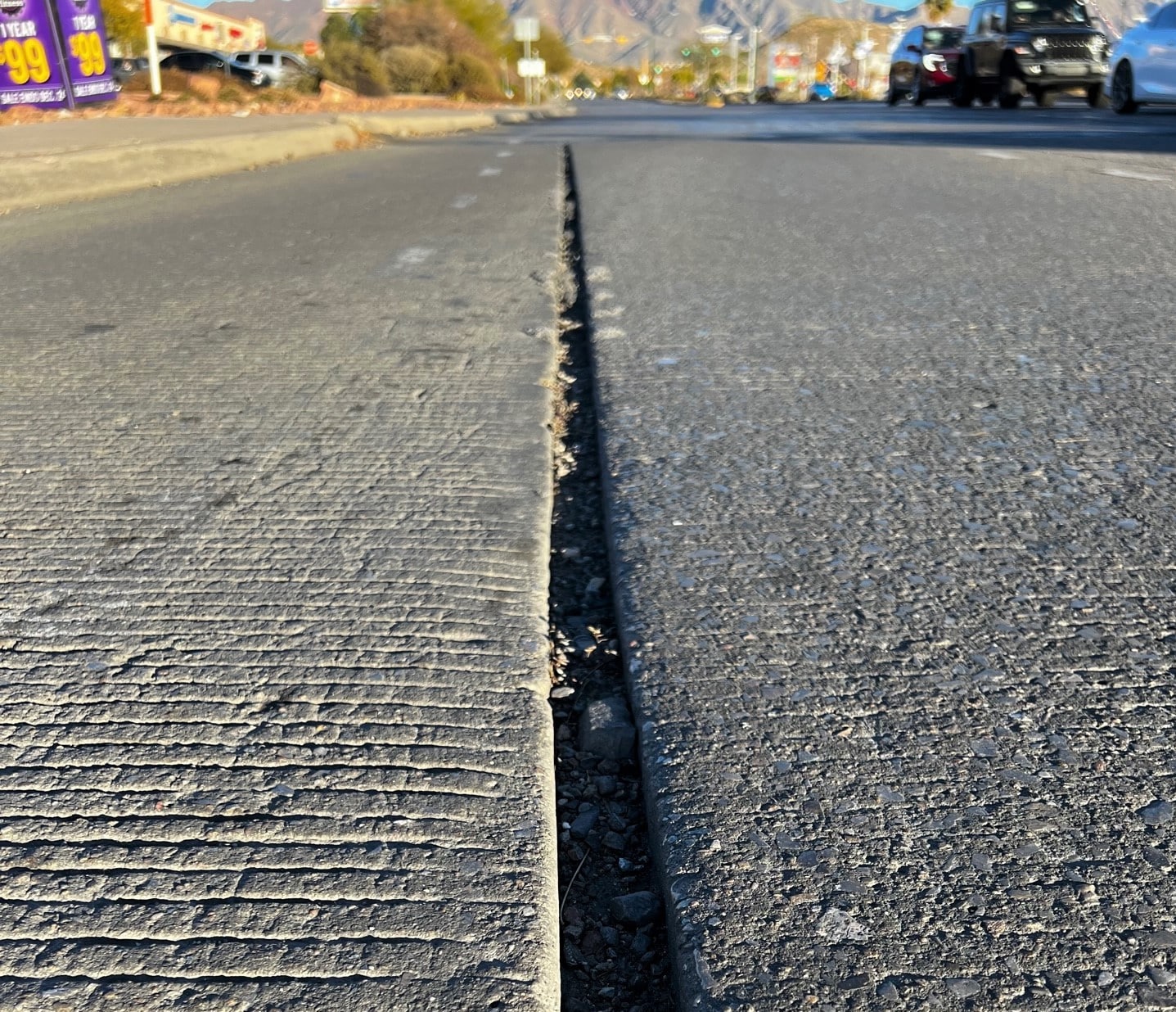New Illinois E-Bike Law Clarifies Specific Use, but Hurdles Remain
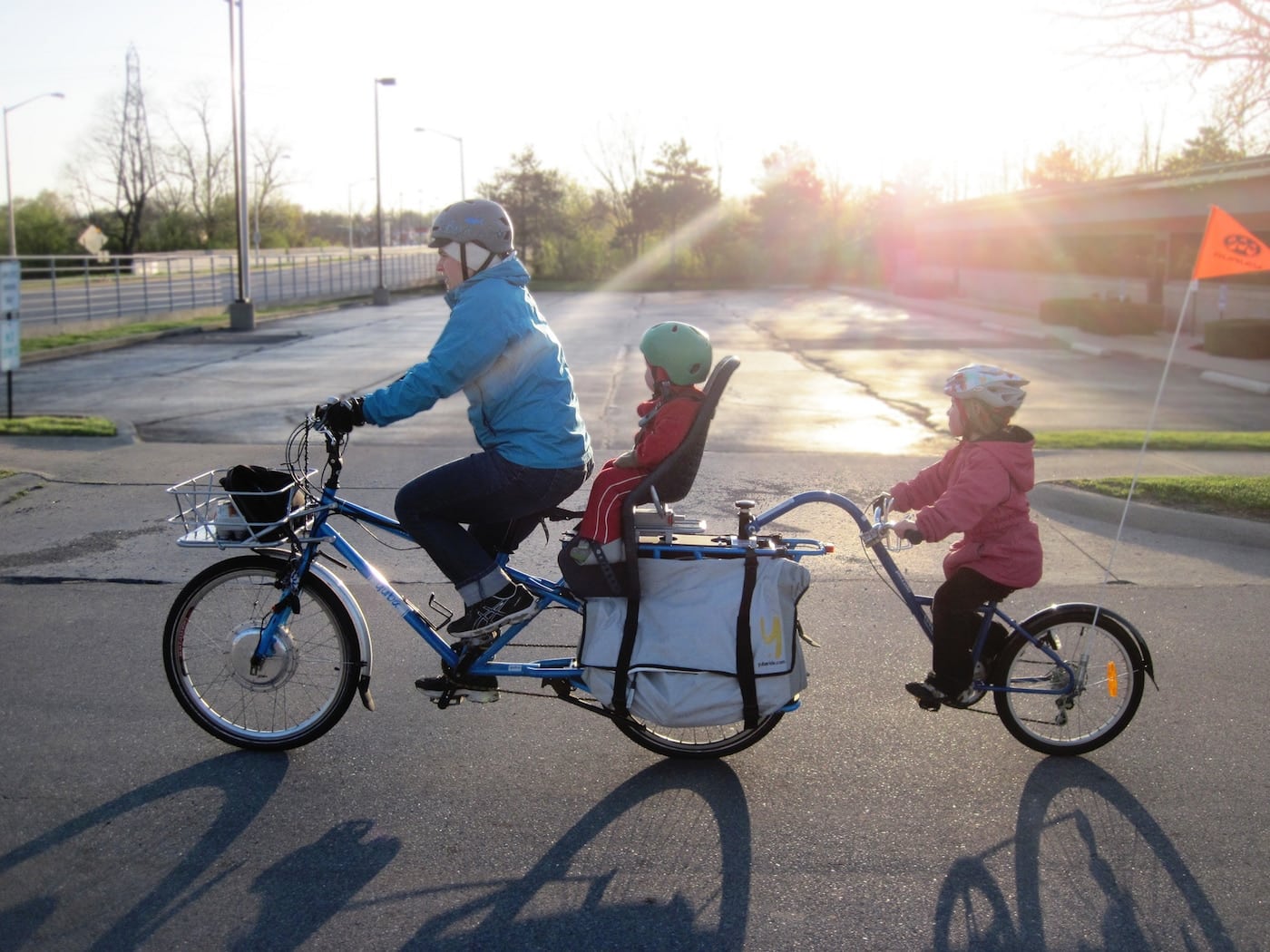
The new Illinois e-bike law regarding electric assist bicycles was clarified earlier this month when Illinois Governor Bruce Rauner signed a bill outlining their use on roads and paths. The new law, however, leaves the door open for municipalities throughout the state to restrict their use in some places where traditional bicycles are allowed. The law goes into effect on January 1, 2018.
Electric Bikes Defined
Low speed electric bikes, or “e-bikes”, are bicycles with a low powered motor that assists the rider with pedaling. Their allure is that e-bike riders may travel longer distances, and carry more weight, easier than they would with their traditional cousins opening biking to more people and for a wider range of uses. Their arguable downside is that they allow riders to travel faster than they otherwise might with very little effort, potentially placing themselves and others in danger. Bicycle manufacturers, who see the sale of e-bikes as a growth area, have been working with lawmakers around the country to clarify what an e-bike is and where they may be used.
Illinois E-Bike Law
The new law defines an e-bike as “a bicycle equipped with fully operable pedals and an electric motor of less than 750 watts,” and which falls into one of three defined classes. A Class 1 e-bike is one “that provides assistance only when the rider is pedaling and that ceases to provide assistance when the bicycle reaches a speed of 20 mph.” A Class 2 e-bike is one that does not necessarily require the rider to pedal to activate the motor. Rather the motor may be used exclusively to power the bike, but ceases when the bike hits 20 mph. A Class 3 e-bike, like a Class 1 bike, provides assistance only when the rider pedals, but ceases once it hits 28 miles per hour. The statute states that, “A ‘low-speed electric bicycle’ is not a moped or a motor driven cycle.” Illinois is the sixth state to adopt an e-bike three-class system, according to Bicycle Retailer.
The class into which a particular e-bike falls impacts the equipment sold with the bike and who may ride it. For example, the Illinois statute requires Class 3 e-bikes to be equipped with a speedometer. All e-bikes must be labeled at the point of sale with their classification, top speed and motor wattage. To operate a Class 3 e-bike, the rider must be at least 16 years of age.
Importantly, the law is explicit that the same statewide rules that apply to traditional bicycles, also apply to e-bikes. “A person may operate a low-speed electric bicycle upon any highway, street, or roadway authorized for use by bicycles, including, but not limited to, bicycle lanes.” What you can do on a traditional bike, you can do on an e-bike. One of the goals of the new law was to provide clarity and consistency for manufacturers, distributors, and buyers of e-bikes. Currently, the Illinois Vehicle Code provides some guidance regarding e-bikes. Existing law defines e-bikes, consistent with the federal Consumer Product Safety Act, as a bike with operable pedals, a motor of less than 1 horsepower and a maximum speed of less than 20 mph.
If the new law offers greater breadth and precision it also provides a trap door for municipalities throughout Illinois to selectively ban their use. A provision of the law permits a person to operate an e-bike “upon any bicycle path unless the municipality, county, or local authority with jurisdiction prohibits” them on that path. (Emphasis added.) The statute does not expressly authorize municipalities to ban street and bike lane use. However, the provision of the law pertaining to path riding could undermine one of the statute’s main goals, to facilitate consistency and eliminate confusion. The State of Colorado recently enacted an e-bike law that similarly allows local municipalities some final say. There, for example, the town of Breckenridge banned e-bikes on a popular bike path to the town of Frisco, according to my Bike Law colleague, Brian Weiss. In Illinois, this flexibility leaves open to question whether, say, Chicago could ban e-bikes on the popular Lakefront Bicycle Path. Moreover, municipalities in Illinois have the power create their own separate rules regarding access to streets and highways under their jurisdiction. Section 11-208 of the Illinois Vehicle Code expressly grants local authorities the right to regulate the “use of highways” and “operation of bicycles.” 625 ILCS 5/11-208. As of now, the Chicago Municipal Ordinance defines a bicycle as a device propelled by human power only. Pretty much everything else is defined as a “vehicle” under the Ordinance. Under Section 9-40-060 of the Chicago Municipal Ordinance vehicles are not permitted to drive, stand or park in on-street bike lanes. This could be a problem for e-bike riders in Chicago and other municipalities that have adopted ordinances similarly inconsistent with the state vehicle code.
Next Steps for E-Bikes
The growing popularity of e-bikes has the potential to broaden the appeal and use of alternative (non-gasoline using) transportation. They encourage bicycle travel by folks that may not otherwise have the physical ability or predilection to ride a traditional bike. The extra power they provide may also help grow the commercial and industrial use of bicycles, whether it be to haul heavy materials or deliver groceries. Their downside as I see it is when folks buy e-bikes just to go fast. I like riding fast as much as the next person but with speed comes responsibility. When it is too easy to travel 20 mph in an urban bike lane populated by folks on old-fashioned non-motorized bikes there is a greater likelihood for disaster. Also, for the moment, e-bikes are pretty expensive compared to regular bikes, and for a while anyway, will be out of reach for all but the affluent. One of the great things about bikes is that, though not everyone can afford the latest and greatest, virtually all people can afford some type of safe and reliable two wheeled pedal-cycle powered by muscle and sweat. But everything has a downside. If e-bikes mean more seats on saddles, and fewer people behind the wheel, okay then.
Photo Credit: Mark Stosberg
-
From Winner to Advocate: One Cyclist’s E-Bike Journey
Two years ago, on a family trip to Switzerland, my wife and I rented two electric-assisted mountain bikes, or e-MTBs, to tackle some steep trails near the Matterhorn. The salesperson said, in no uncertain terms, that the new e-MTBs were the way of the future, and we should give them a try. So we did. …
-
A Comprehensive Guide to E-Bikes in Louisiana: Laws, Tips, and Choosing the Best E-Bike
E-bikes are popping up everywhere. If you’re riding one in Louisiana or thinking about getting one, you may have questions about the laws, safety tips, and how to pick the right bike. That’s exactly what this post is here for! We’ll break down what you need to know about riding e-bikes in Louisiana, from legal…
-
The Lisa Torry Smith Act: A Win for Cycling Safety in Texas?
The Lisa Torry Smith Act brings important changes to Texas law. It makes clear that cyclists can ride in crosswalks and now requires drivers to stop and yield before entering a crosswalk with a pedestrian or cyclist. A gap in Texas law is allowing some drivers who hit people in crosswalks to get off scot-free,…
-
Far Right?! I was taking a LEFT!
Even Bike Law lawyers get hassled. Like many of us, riding for me is stress relief; it’s an escape from conflict and a busy schedule. Sometimes incidents on the road have the opposite effect and one incident this weekend made me question the state of humanity. It was not an unusual event, nor a particularly…
-
E-BIKES ARE LEGAL IN NC (WELL, SOME OF THEM)
Love them or hate them, e-bikes continue to rise in popularity. At the same time, lawmakers struggle to keep up with the developing technologies. Every week I get multiple inquiries from people trying to navigate North Carolina’s e-bike laws. If you’re confused, you’re not alone. We could easily fill a book with all the latest…
-
BIKES & CRIMINAL JUSTICE
Many of our cycling clients find themselves having to interact with the criminal justice system. Typically, it’s because the driver who hits them (or their family member) is charged with a crime or traffic offense. Occasionally bicyclists themselves are charged with traffic offenses! Every state’s criminal laws are different, but there is a lot of…
-
Another Successful Road Defect Case, This Time a $750,000 Settlement in Georgia
We recently shared the story of a trial victory from the State of Texas where a bicyclist was injured due to a defect in a road maintained by the Texas Department of Transportation. Texas Road Defect We now can tell the story of another huge win in a road defect case, this time from our Bike Law…
-
One Million Dollars for Texas Road Defect
The Texas Department of Transportation had offered cyclist Mike Bagg $0. Recently, attorneys with the Bike Law network took a case to a trial against a titan of a defendant: the Texas Department of Transportation. TxDOT was represented by the Attorney General’s Office, one of Texas’ largest legal teams. We had a great client, but it was…
-
More Roads = Better Transportation, And Other Myths
2023 got off to a rough start for Charlotte, North Carolina, particularly in the context of road safety. Within about a week, we lost a young woman who was riding her bicycle, a pedestrian killed in the same area of town, and four people were killed in a car wreck on I-85 in the University…



